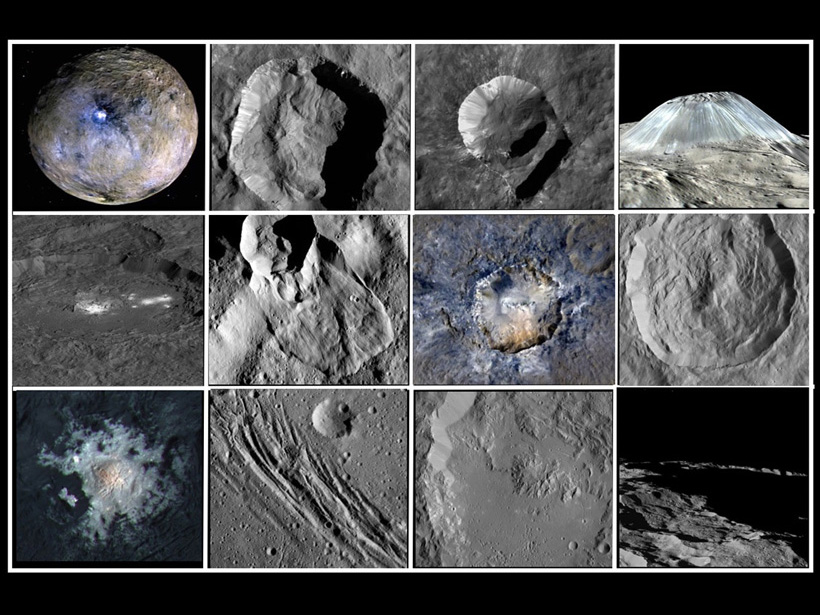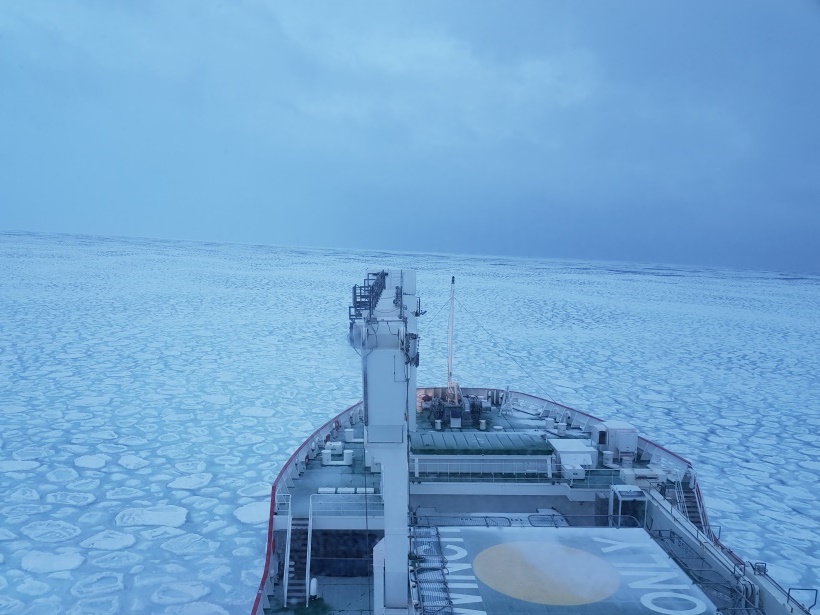We can better understand the risks of natural hazards and develop more effective mitigation strategies when geoscience and social science perspectives are combined.
Editors’ Vox
Hearing the Sun Tock
The appearance of sunspots—their number, duration, and location—suggests that the dynamics of the Sun’s outer layer is synchronized with an internal clock.
The Infrastructure Impacts of Solar Storms
A new book brings together insights from the space weather, geophysics, and power engineering communities to understand the characteristics and impacts of geomagnetically induced currents.
Space Weather Aviation Forecasting on a Global Scale
Under a new mandate, consortia of the world’s major space weather centers will disseminate new space-weather advisories for civil aviators representing a significant change-of-state for space weather.
Putting a Price on the Costs of Climate Related Health Impacts
Using examples from the year 2012, a new study estimates the health costs of deaths and illnesses associated with climate-sensitive events.
Atmospheric Model Hierarchies: Connecting Theory and Models
Model hierarchies are fundamental to how we model Earth’s climate, allowing us to apply our theoretical understanding, connect simple ideas to the real atmosphere, and test new hypotheses.
Invasive Species Drive Erosion in Aquatic Environments
The daily activities of mammals, reptiles, crustaceans, and fish influence the physical environment, with invasive burrowing species causing particular disruption in aquatic environments.
Ceres: Evolution of the Asteroid Belt’s Icy Giant
A new special collection in JGR: Planets explores how ice has played a key role in the development of the landscape on the surface of Ceres.
Antarctic Seasonal Sea Ice Melts Faster Than It Grows
Winds are thought to play a significant role in driving the asymmetric seasonal cycle of Antarctic sea ice growth and melt.
Organic Gases Released and Taken Up by Soil Lack Quantification
Soils both emit and take up different biogenic volatile organic compounds, altering the chemical composition of the atmosphere and influencing local, regional, and global climate.










